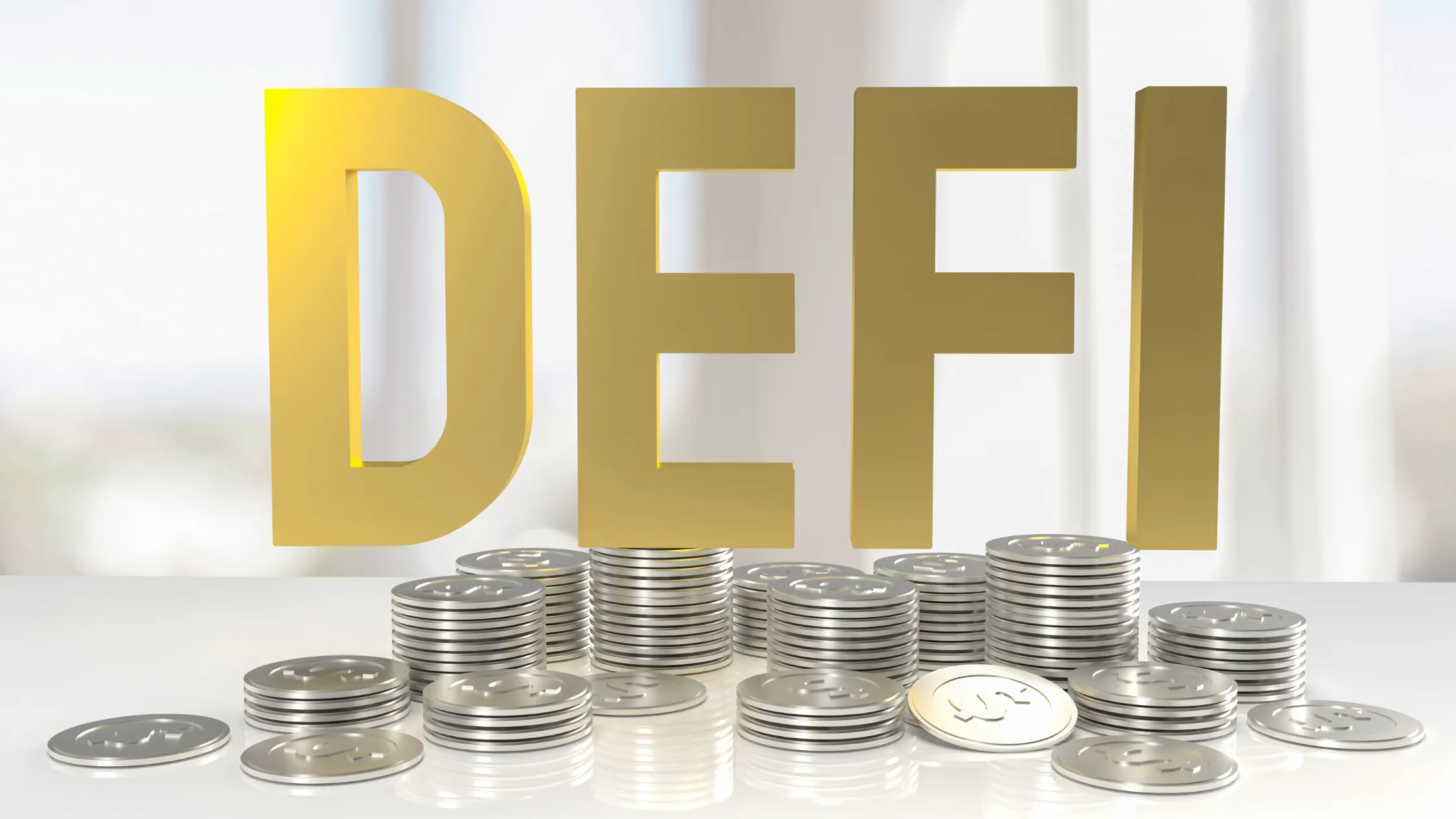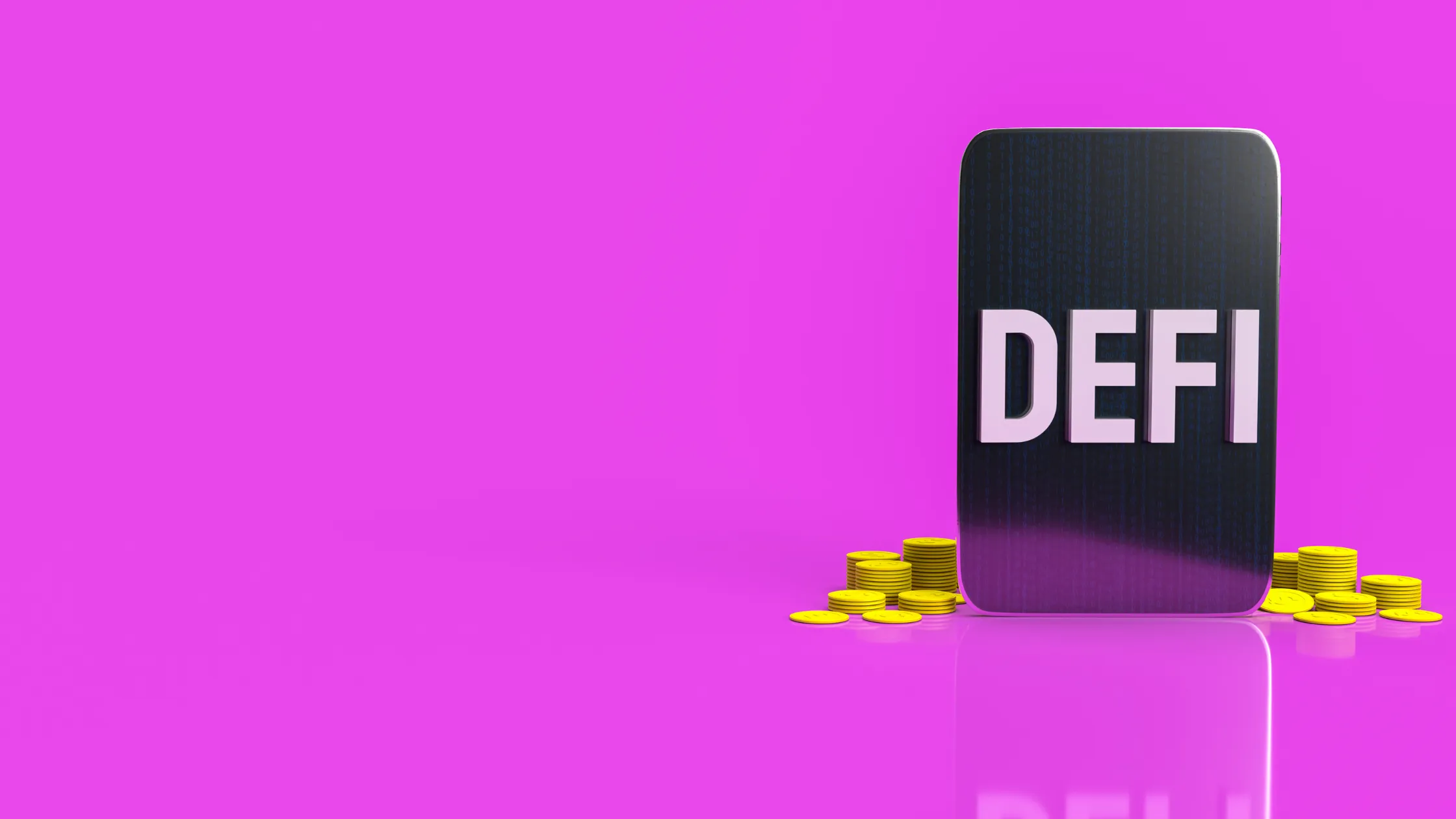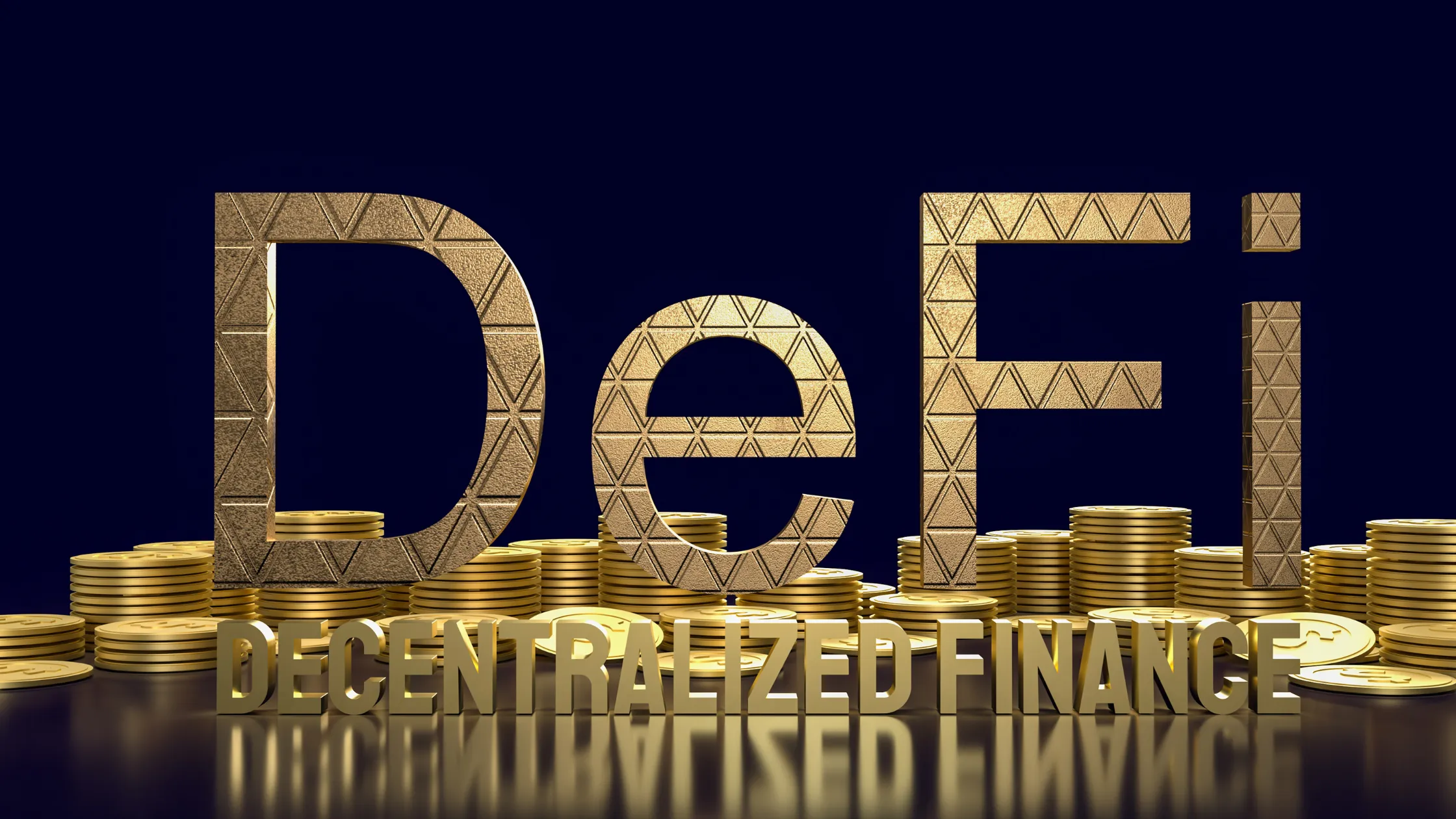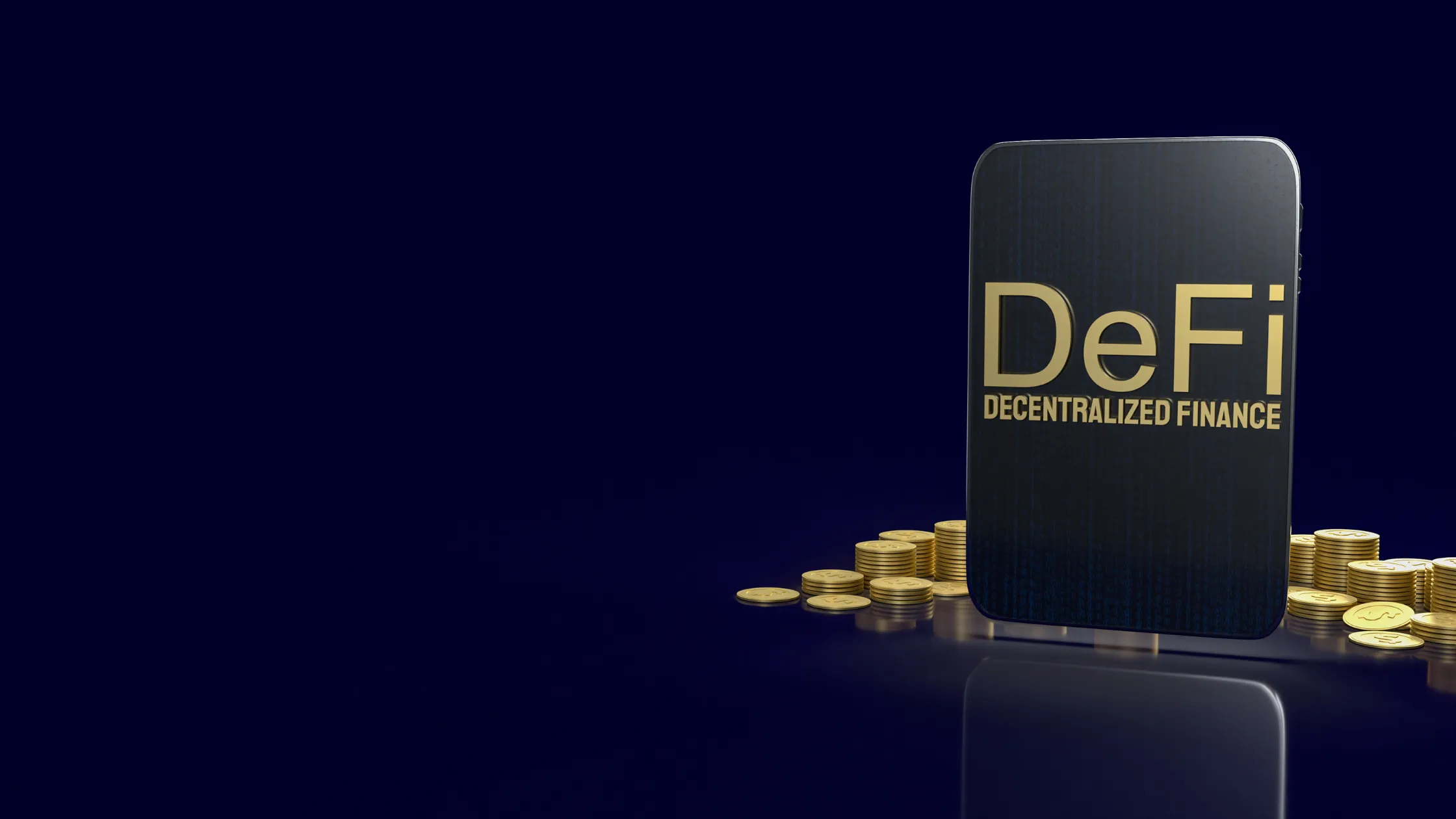DeFi Explained: Decentralized Finance Your Way
Decentralized finance, or DeFi, has emerged as a quiet revolution in the financial world.
Advertisements
Unlike traditional banking systems, which rely on intermediaries such as banks and brokerages, DeFi uses blockchain technology to create an open, transparent, and accessible financial ecosystem.
Find out more!
Decentralized Finance

Imagine a world where you control your money without needing a bank manager or endless lines.
This is the promise of DeFi: financial autonomy within everyone's reach, as long as you have an internet connection.
Behind this transformation is blockchain, a digital structure that records transactions in an immutable and distributed manner.
With that, the finances Decentralized systems eliminate the need for third parties, reducing costs and increasing efficiency.
Additionally, smart contracts, automated programs that perform predefined actions, ensure that transactions are secure and reliable.
But how does this work in practice?
Imagine a farmer in a remote region who, without access to a bank, can obtain a loan in minutes through a DeFi platform. This is the power of decentralization.
However, the rise of DeFi is not without its challenges.
The technical complexity, volatility of digital assets, and security risks such as smart contract hacks require caution.
Still, the potential is undeniable: by 2024, the total value locked (TVL) in DeFi protocols surpassed US$100 billion, according to data from DeFiLlama.
++ How to overcome anxiety caused by financial problems
So why not explore how decentralized finance can transform your relationship with money?
Let's dive into the main pillars of DeFi and understand how it can be adapted to your needs.
What is Decentralized Finance?

Decentralized finance represents a financial system built on public blockchains such as Ethereum, Solana, and Binance Smart Chain.
Unlike traditional banks, which centralize control in institutions, DeFi distributes power among users.
++ What is Cap Rate and How to Calculate It
This means anyone with a smartphone and internet access can participate, whether to invest, lend, or trade digital assets.
This accessibility breaks down geographical and socioeconomic barriers, offering opportunities previously restricted to a few.
A practical example is the use of platforms like Aave, where users can lend or borrow without intermediaries.
Imagine Ana, a freelancer in Brazil, who needs capital to buy equipment.
Instead of dealing with bank bureaucracy, she deposits cryptocurrency as collateral on a DeFi platform and receives an instant loan.
This process, called “collateralized lending,” is executed by smart contracts, ensuring transparency and speed.
Additionally, Ana can choose between different currencies and terms, customizing the experience to her needs.
On the other hand, the lack of regulation in many DeFi projects raises concerns.
Without a centralized body, who protects users in case of failures?
Despite this, continued innovation in security audits and the adoption of decentralized insurance mitigate these risks.
Therefore, decentralized finance is not just about technology, but about empowerment, providing tools to take control of your financial future.
How Does DeFi Work in Practice?

At the heart of decentralized finance are smart contracts, which function as automatic digital agreements.
When you make a transaction on a DeFi platform, such as swapping tokens on Uniswap, a smart contract verifies the conditions, executes the swap, and records everything on the blockchain.
In short, this eliminates the need for intermediaries, reducing costs and increasing speed.
Furthermore, the transparency of the public chain allows anyone to audit transactions, promoting trust.
Consider the case of Pedro, a small investor who wants to diversify his earnings.
In this sense, it uses a yield farming platform, such as Curve Finance, to provide liquidity to a pool of assets.
In return, Pedro receives rewards in the form of interest and tokens.
This process, similar to investing in a fund, is accessible to anyone with a digital wallet.
However, he needs to be aware of “impermanent loss,” a risk in which the value of the assets in the pool can fluctuate, affecting his profits.
To illustrate the impact, think of DeFi as a global library: instead of asking a librarian (the bank) for permission, you access books (financial services) directly, choosing what you want to read (invest, borrow, or trade).
This freedom, however, requires responsibility.
Financial education and understanding risks, such as volatility and technical failures, are crucial to navigating this ecosystem safely.
Benefits and Opportunities of DeFi
Decentralized finance offers advantages that go beyond accessibility.
First, they provide greater autonomy, allowing users to manage their resources without relying on centralized institutions.
Additionally, transaction fees are often lower since there are no intermediaries charging high margins.
Finally, DeFi opens the door to financial innovations, such as the tokenization of real assets, which could transform sectors like real estate and art.
| Benefit | Description | Example |
|---|---|---|
| Autonomy | Complete control over your assets without the need for third parties. | Manage investments directly on Uniswap. |
| Low Rates | Reduced costs due to the absence of intermediaries. | Loans on Aave with lower rates than banks. |
| Innovation | New forms of investment, such as yield farming and staking. | Earn interest by providing liquidity on Curve Finance. |
However, benefits come with responsibilities.
Lack of regulation can expose users to risks such as scams or security breaches.
Therefore, choosing audited platforms and maintaining secure wallets are essential steps to enjoying DeFi with confidence.
Challenges and Risks of DeFi

While decentralized finance holds promise, it faces significant obstacles.
Technical complexity is one of them: setting up digital wallets and understanding smart contracts can be intimidating for beginners.
Furthermore, the volatility of cryptocurrencies, which form the basis of DeFi, can lead to unexpected losses.
For example, a sudden drop in the value of a token used as collateral can automatically liquidate a loan.
Furthermore, another challenge is security. In 2023, hacks on DeFi platforms resulted in losses of over US$1.4 billion, according to Chainalysis.
These incidents highlight the importance of using platforms with rigorous audits and decentralized insurance to minimize these risks.
Furthermore, ongoing education is critical to navigating this dynamic space.
Despite the challenges, DeFi is evolving rapidly.
New solutions, such as social recovery wallets and more user-friendly interfaces, are making decentralized finance more accessible.
Thus, with proper learning, risks can be managed, allowing users to reap the benefits of this financial revolution.
Frequently Asked Questions
| Question | Response |
|---|---|
| What do I need to get started in DeFi? | A digital wallet (like MetaMask), cryptocurrencies, and access to a DeFi platform like Uniswap or Aave. |
| Is DeFi safe? | It depends on the platform and user practices. Choose audited projects and use secure wallets. |
| Can I use DeFi without technical knowledge? | Yes, but it is recommended to study the basics and use beginner-friendly interfaces. |
| What are the main risks? | Hacks, price volatility, and smart contract errors. Education and caution are essential. |
| Is DeFi legal? | Legality varies by country. In Brazil, there are no specific regulations, but it's important to consult experts. |
The Future of Decentralized Finance
The future of DeFi is promising, but full of uncertainty.
As more people embrace decentralized finance, pressure for regulation increases.
In short, this can bring greater security, but also limit the freedom that defines DeFi.
Furthermore, integration with traditional finance, such as partnerships between banks and DeFi protocols, can create bridges between these worlds, expanding the reach of the technology.
Innovations like the scalability of layer-2 blockchains like Polygon and Arbitrum are reducing costs and increasing transaction speeds.
This makes DeFi more competitive compared to traditional systems.
For example, transactions that cost US$$50 in fees on Ethereum can now cost pennies on layer 2 networks.
The big question is: will decentralized finance replace banks or coexist with them?
The answer depends on how society balances freedom and security.
Meanwhile, DeFi continues to grow, offering a vibrant alternative for those seeking control, innovation, and financial inclusion.
